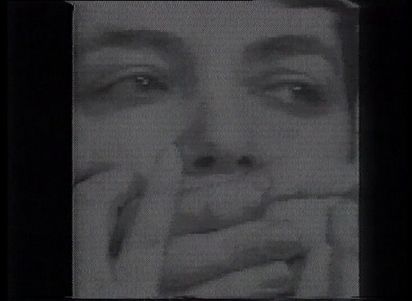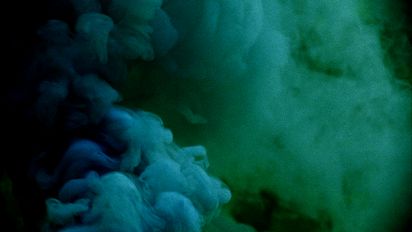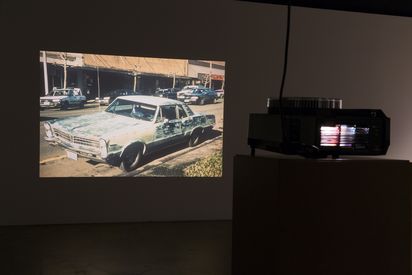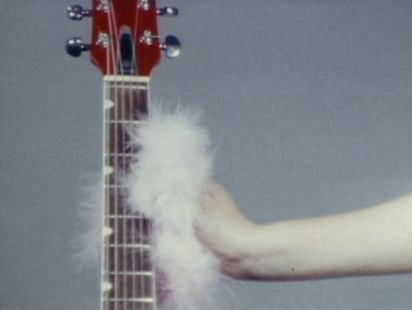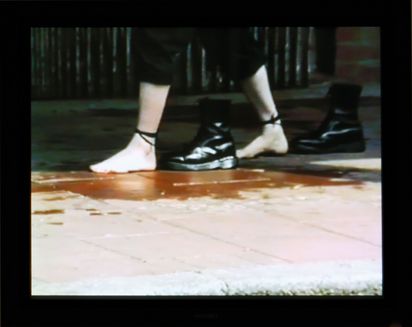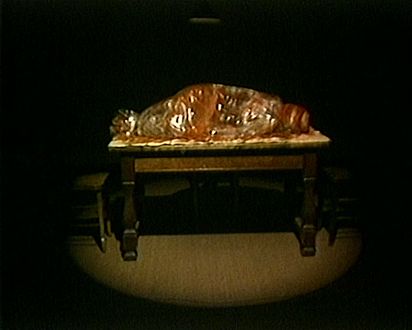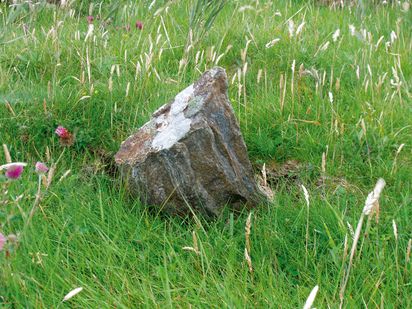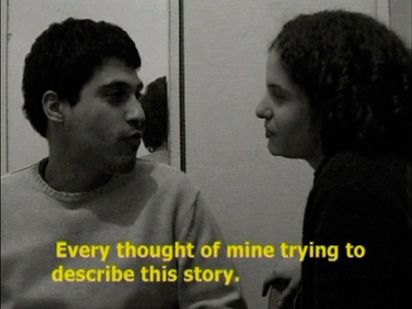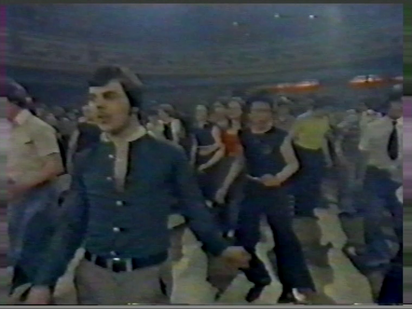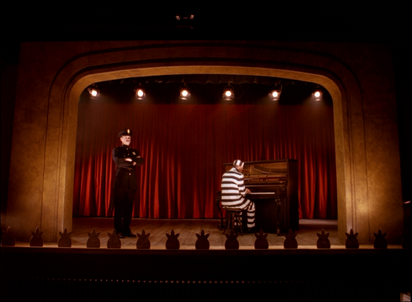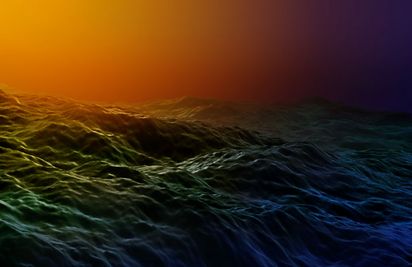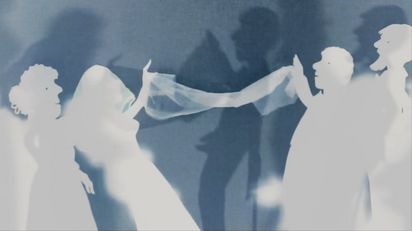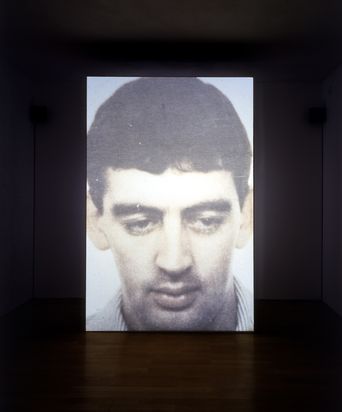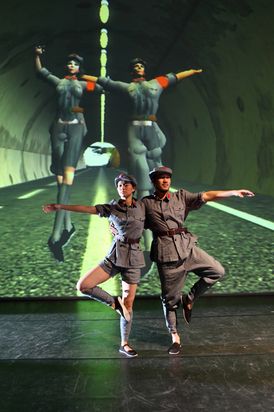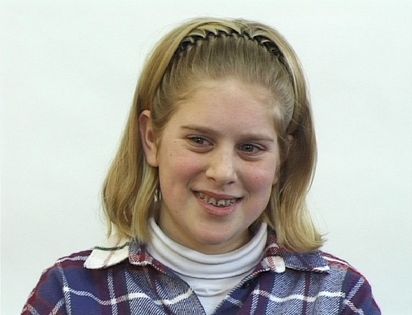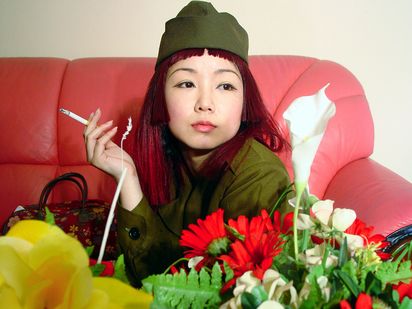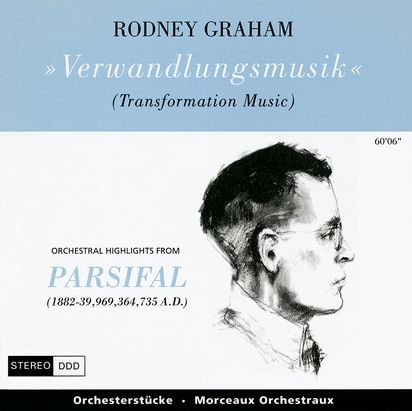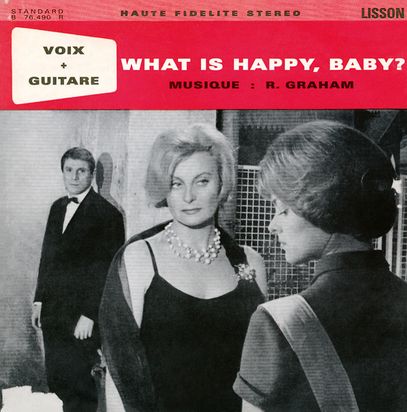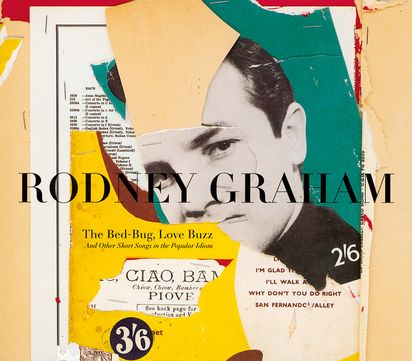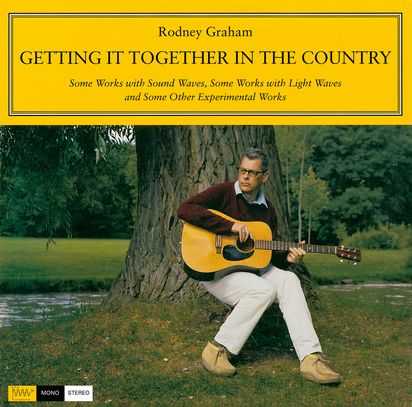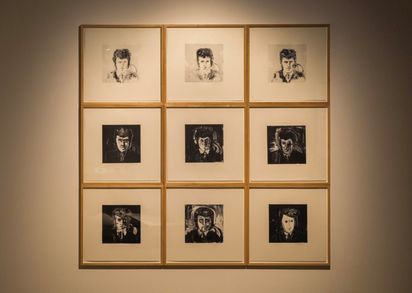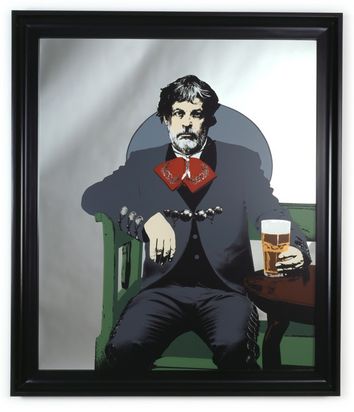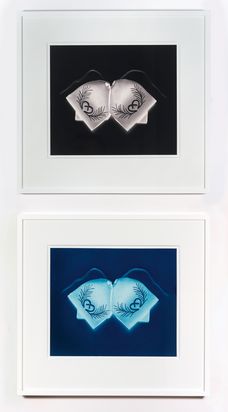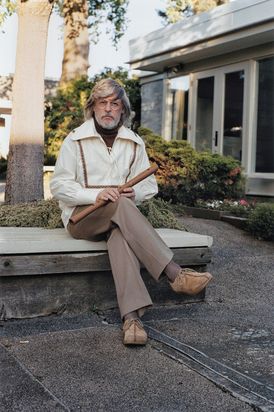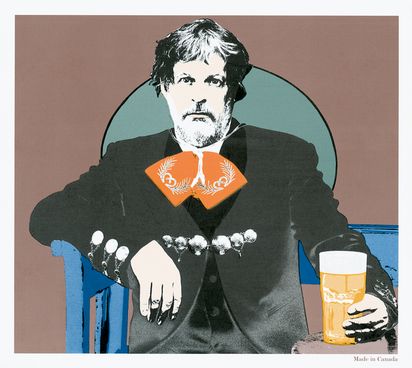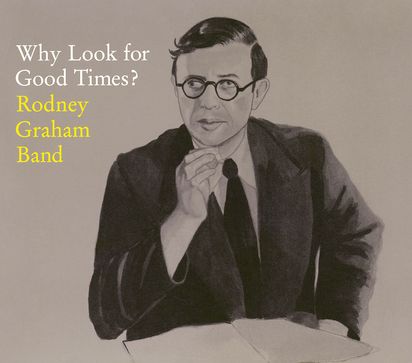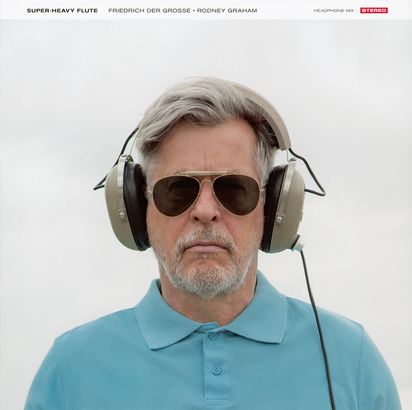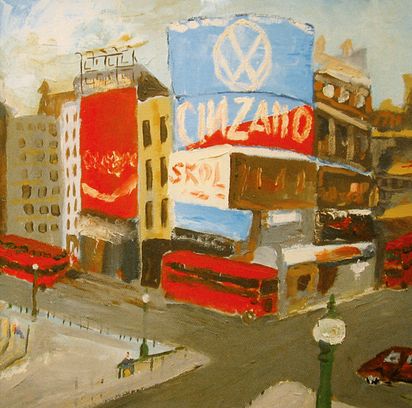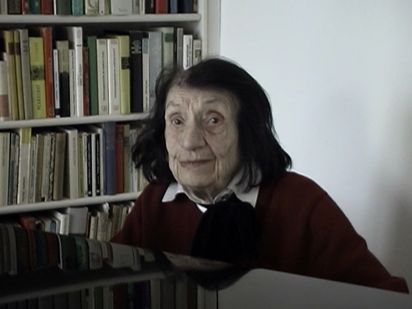A young woman playing a recorder paces before a row of soldiers, who are blocking her way. The woman belongs to a group of demonstrators who gather weekly in Jerusalem to protest the expulsion of Muslim residents by Jewish settlers. Viewers can hear the delicate sound of her recorder playing fragments of the International, a popular and familiar battle song of the socialist labor movement. Also to be heard are patriotic Hebrew songs, which are often played at memorial events in Israel. The young woman’s expression of solidarity is poignant; nevertheless, the heavily-armed men look impassively past her through their sunglasses. After what feels like an eternity, the uniformed human chain opens and lets the woman pass. It seems like a small miracle, and one is reminded of the biblical tales of Jericho, in which the playing of the trumpets brought down the city.
Although the black and white video The Recorder Player of Sheikh Jarrah is the filmed documentation of a real event, it is unclear what prompted the soldiers to open the human chain. The Israeli artist Yael Bartana, who divides her time between Tel Aviv and Berlin, recorded the scene on Friday, 16 June 2010 from the sidelines of a solidarity demonstration in a predominately Arab district of East Jerusalem. The multimedia artist became internationally known for her poetic documentary work about social rituals in Israel set against the background of the constant threat of war and violent conflicts. With simple cinematic techniques—such as editing, slow motion and separating the soundtrack from the film—Bartana succeeds in placing ordinary situations in a superordinate context. In the face of social developments, more recently the artist has explored issues of anti-Semitism, migration and homeland, creating impressive installations in 2011 in the Polish national pavilion at the Venice Biennale and in 2021 in the Jewish Museum in Berlin.


